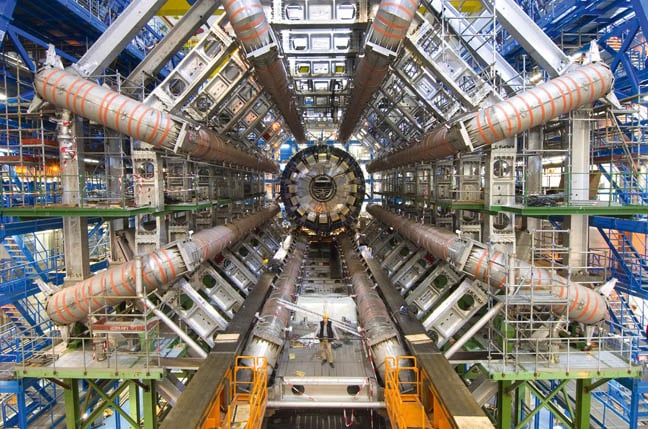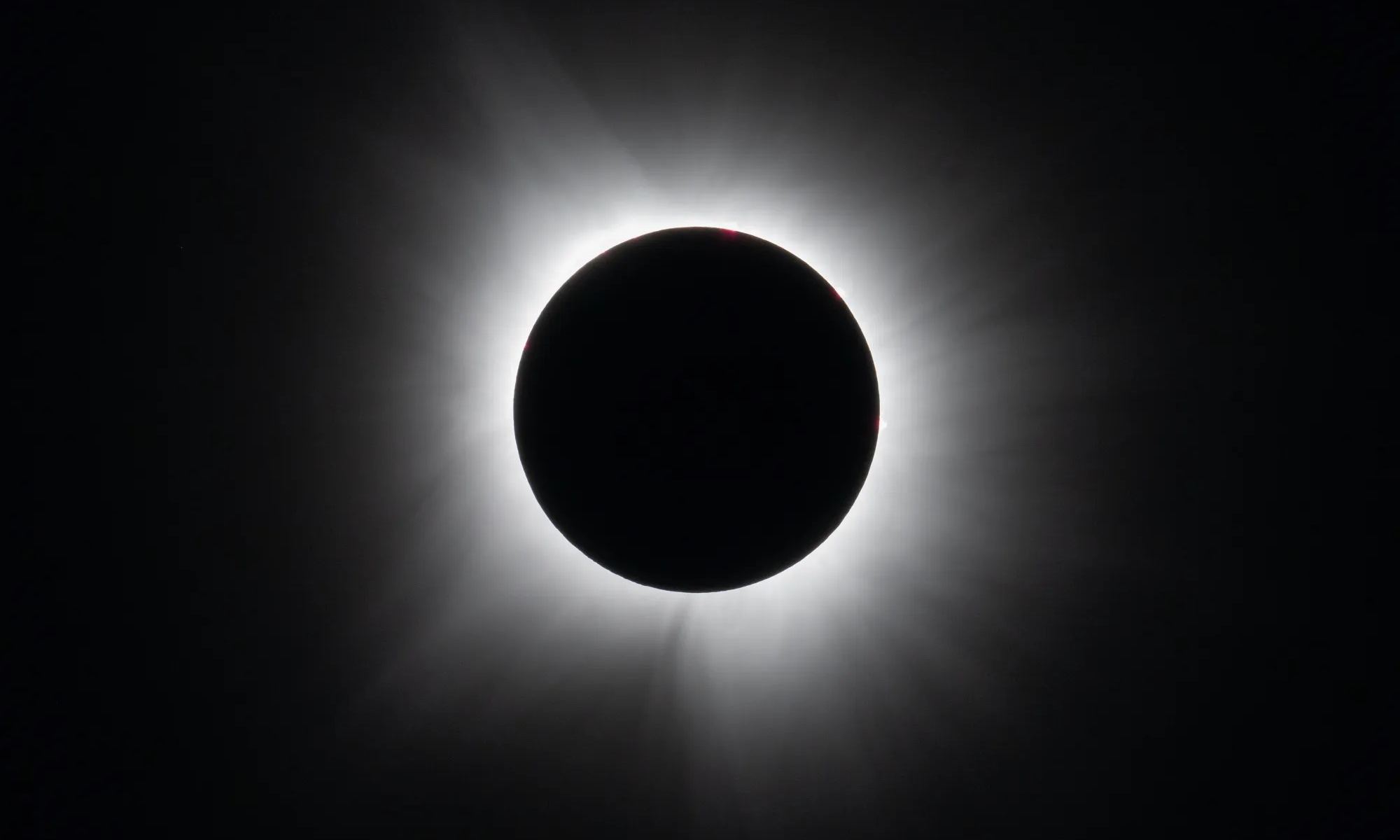I really can’t believe that the Ingenuity helicopter on Mars took its maiden voyage in April 2021. On the 16th April 2024, engineers at NASA have received the final batch of data from the craft which marks the final task of the team. Ingenuity’s work is not over though as it will remain on the surface collecting data. For the engineers at NASA, they have their sights set on Dragonfly, a new helicopter destined for Titan.
Continue reading “The Ingenuity Team Downloads the Final Data from the Mars Helicopter. The Mission is Over”What’s the Most Effective Way to Explore our Nearest Stars?

It was 1903 that the Wright brothers made the first successful self-propelled flight. Launching themselves to history, they set the foundations for transatlantic flights, supersonic flight and perhaps even the exploration of the Solar System. Now we are on the precipice of travel among the stars but among the many ideas and theories, what is the ultimate and most effective way to explore our nearest stellar neighbours? After all, there are 10,000 stars within a region of 110 light years from Earth so there are plenty to choose from.
Continue reading “What’s the Most Effective Way to Explore our Nearest Stars?”The Current Mars Sample Return Mission isn’t Going to Work. NASA is Going Back to the Drawing Board
Human spaceflight is not the easiest of enterprises. NASA have let us know that their plans for the Mars Sample Return Mission have changed. The original plan was to work with ESA to collect samples from Perseverance and return them to Earth by 2031. Alas like many things, costs were increasing and timescales were slipping and with the budget challenges, NASA has had to rework their plan. Administrator Bill Nelson has now shared a simpler, less expensive and less risk alternative.
Continue reading “The Current Mars Sample Return Mission isn’t Going to Work. NASA is Going Back to the Drawing Board”Peter Higgs Dies at 94
Just like Isaac Newton, Galileo and Albert Einstein, I’m not sure exactly when I became aware of Peter Higgs. He has been one of those names that anyone who has even the slightest interest in science, especially physics, has become aware of at some point. Professor Higgs was catapulted to fame by the concept of the Higgs Boson – or God Particle as it became known. Sadly, this shy yet key player in the world of physics passed away earlier this month.
Continue reading “Peter Higgs Dies at 94”Baby Stars Discharge “Sneezes” of Gas and Dust
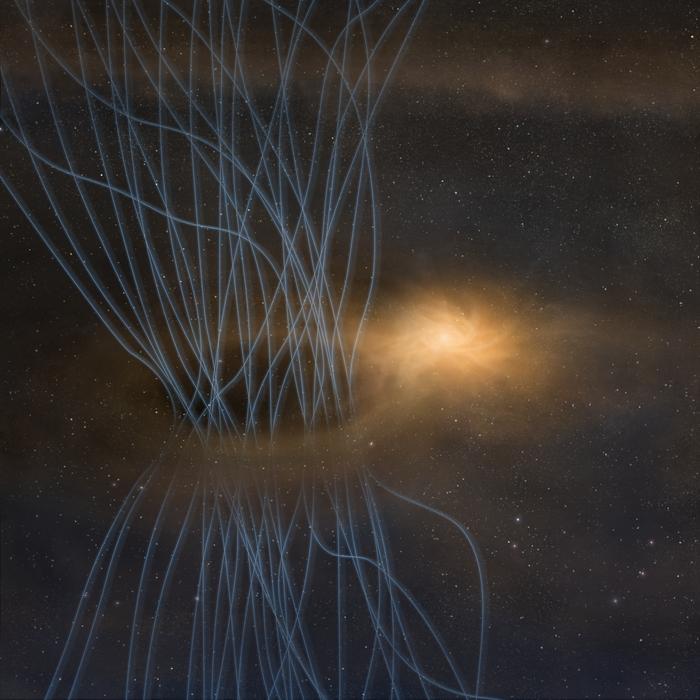
I’m really not sure what to call it but a ‘dusty sneeze’ is probably as good as anything. We have known for some years that stars surround themselves with a disk of gas and dust known as the protostellar disk. The star interacts with it, occasionally discharging gas and dust regularly. Studying the magnetic fields revealed that they are weaker than expected. A new proposal suggests that the discharge mechanism ‘sneezes’ some of the magnetic flux out into space. Using ALMA, the team are hoping to understand the discharges and how they influence stellar formation.
Continue reading “Baby Stars Discharge “Sneezes” of Gas and Dust”The Milky Way’s Role in Ancient Egyptian Mythology

Look through the names and origins of the constellations and you will soon realise that many cultures had a hand in their conceptualisation. Among them are the Egyptians who were fantastic astronomers. The movement of the sky played a vital role in ancient Egypt including the development of the 365 day year and the 24 hour day. Like many other cultures they say the Sun, Moon and planets as gods. Surprisingly though, the bright Milky Way seems not to have played a vital role. Some new research suggests that this may not be the case and it may have been a manifestation of the sky goddess Nut!
Continue reading “The Milky Way’s Role in Ancient Egyptian Mythology”NASA is Building an Electrodynamic Shield to Deal with all that Dust on the Moon and Mars
Exploration of the Moon or other dusty environments comes with challenges. The lunar surface is covered in material known as regolith and its a jaggy, glassy material. It can cause wear and tear on equipment and can pose a health risk to astronauts too. Astronauts travelling to Mars would experience dust saucing to everything, including solar panels leading to decrease in power. To combat the problems created by dust, NASA is working on an innovative electrodynamic dust shield to remove dust and protect surfaces from solar panels to space suits.
Continue reading “NASA is Building an Electrodynamic Shield to Deal with all that Dust on the Moon and Mars”Here are the Next Three Total Solar Eclipses Coming Up
Millions of people took a trip over to the US or Mexico to try and catch a glimpse of the 2024 total solar eclipse. Whether you took the trip or not, if you have since been bitten by the eclipse bug then there are three upcoming eclipses over the next couple of years. August 2026 sees an eclipse passing from Greenland, Iceland and Spain, 2027 sees an eclipse over North Africa and in 2028 Australia all be the place to be. With loads of possibilities for all locations, it’s time to get planning.
Continue reading “Here are the Next Three Total Solar Eclipses Coming Up”Finally, an Explanation for the Moon’s Radically Different Hemispheres
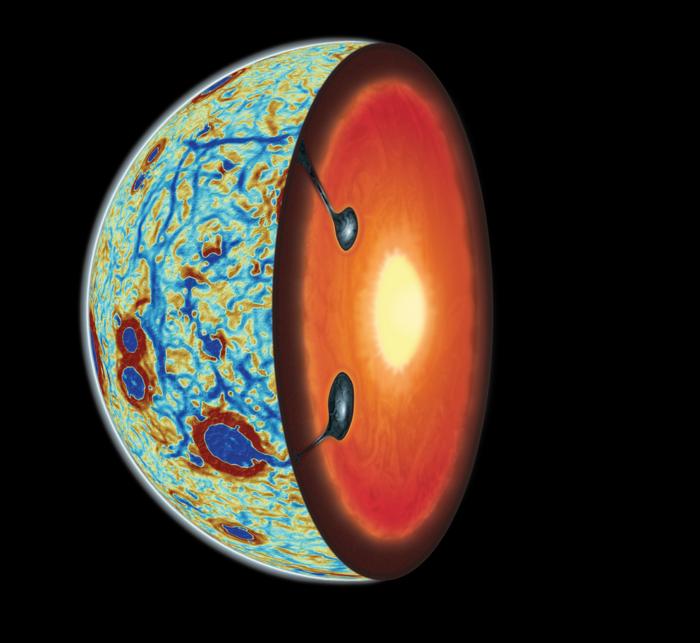
Pink Floyd was wrong, there is no dark side to the Moon. There is however, a far side. The tidal effects between the Earth and Moon have caused this captured or synchronous rotation. The two sides display very different geographical features; the near side with mare and ancient volcanic flows while the far side displaying craters within craters. New research suggests the Moon has turned itself inside out with heavy elements like titanium returning to the surface. It’s now thought that a giant impact on the far side pushed titanium to the surface, creating a thinner more active near side.
Continue reading “Finally, an Explanation for the Moon’s Radically Different Hemispheres”WISPR Team Images Turbulence within Solar Transients for the First Time
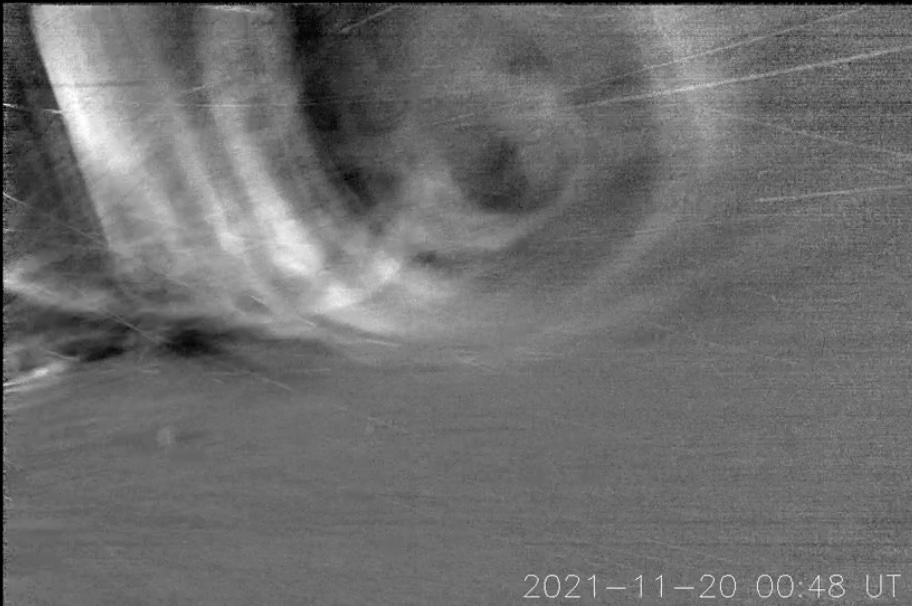
NASA’s Parker Solar Probe has been in studying the Sun for the last six years. In 2021 it was hit directly by a coronal mass ejection when it was a mere 10 million kilometres from the solar surface. Luckily it was gathering data and images enabling scientists to piece together an amazing video. The interactions between the solar wind and the coronal mass ejection were measured giving an unprecedented view of the solar corona.
Continue reading “WISPR Team Images Turbulence within Solar Transients for the First Time”


